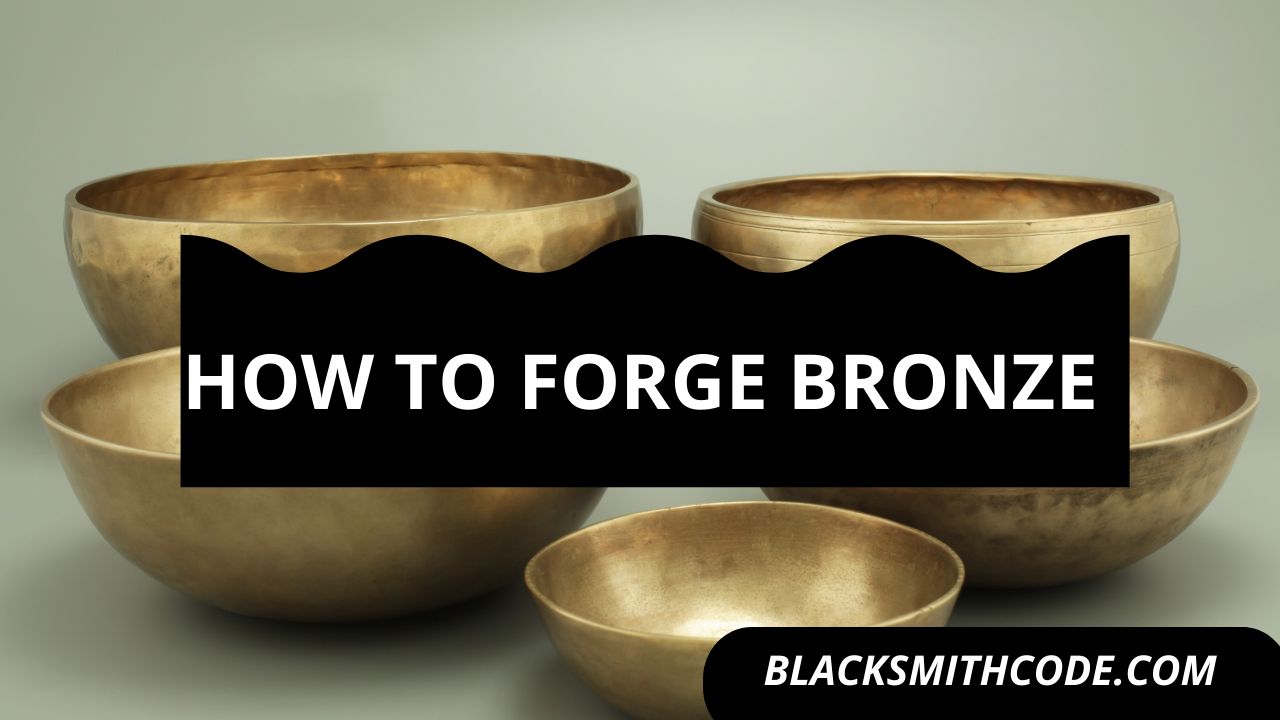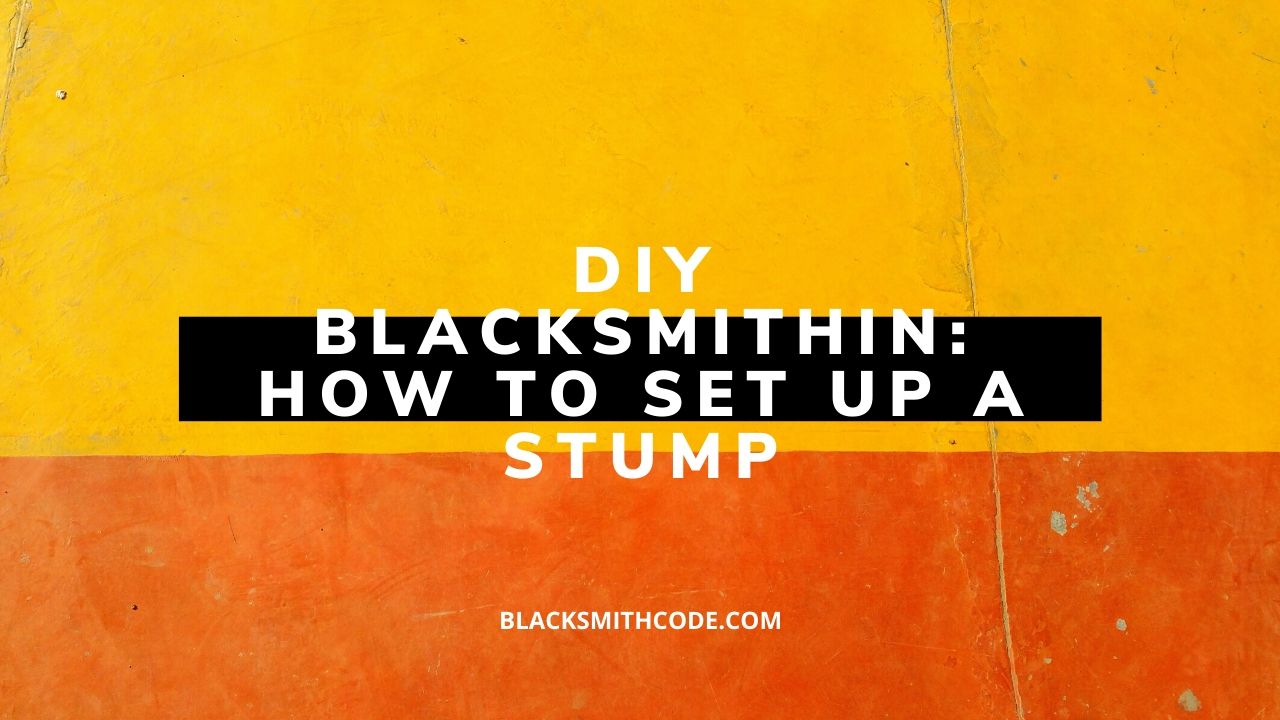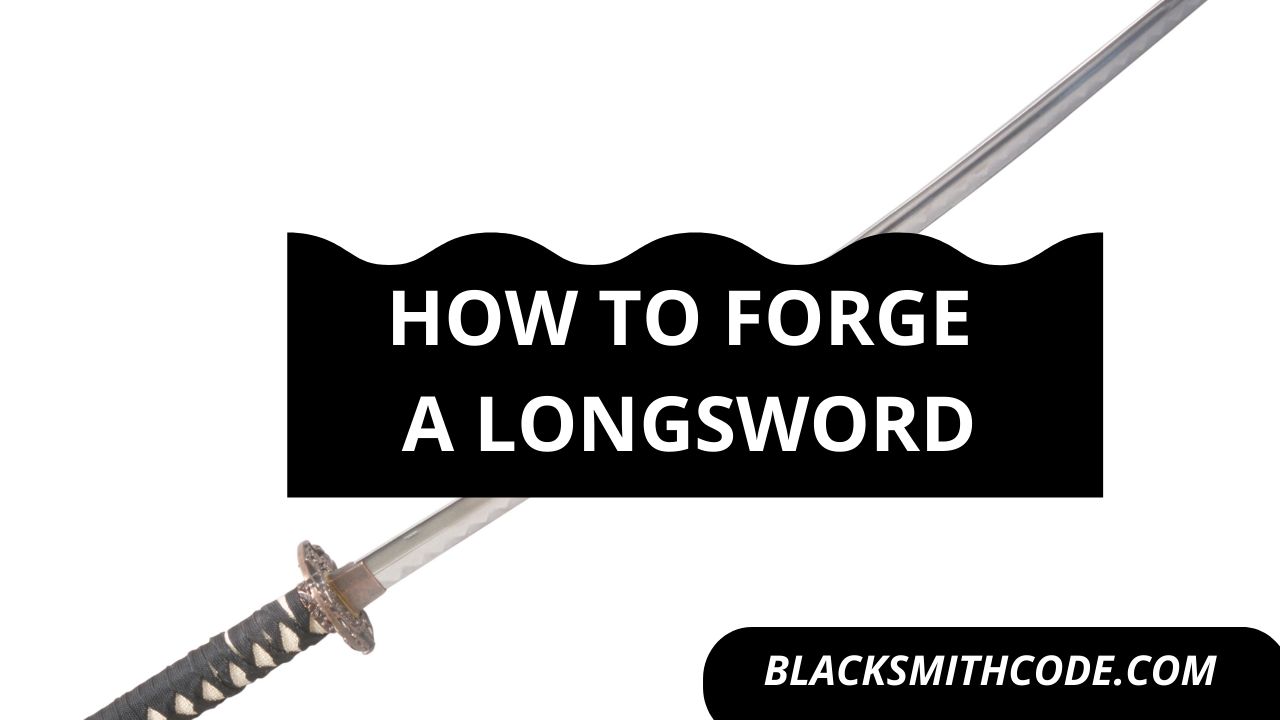Have you ever wondered why bronze is an essential metal to blacksmiths? Bronze is one of the most commercially used metals. Read on to find out how to forge bronze.
It might not be easy to randomly tell the difference between bronze, brass, and copper if you don’t have in-depth knowledge about the metals. You might have to place them side by side to figure out the difference.
Bronze is an alloy of other metals, primarily copper. Copper forms an alloy with tin and other metals such as arsenic, silicon, phosphorus, aluminum, and other similar materials. Bronze also has a dull gold color that distinguishes it from the rest.
A significant feature of bronze that gives it a slight edge over copper is its hardness. Bronze is relatively larger than copper. Therefore, it might be useful for forging certain products where copper might not be suitable.
The forging process of bronze is quite similar to that of steel. The significant difference is in the forging temperatures and the time of annealing. Here are easy steps that can guide you through the forging process of bronze.
Instructions on How to forge bronze
Step 1: Get Your Materials
Getting bronze materials can be a little bit challenging for beginners. However, you can always purchase your bronze supplies from retail stores. Alternatively, you can get your materials from scraps.
Nevertheless, what you intend to create will significantly influence the suitable materials for you.
Step 2: Figure Out What You Want to Create
Before laying your hand on any of the materials, make sure you are certain of what you intend to do. Unlike steel, you might not have the luxury of opportunities to make any corrections.
Therefore, you have to be careful and precisely map out your design. Also, your plan will significantly influence the other steps to follow.
Step 3: Measurement and Cutting
Most processes with bronze will require precise measurement. Measure the suitable part according to your design. And you have to cut it off before heating.
Cutting is necessary because it is not advisable to heat any part of bronze that you won’t need for the process. Heating the bronze and letting it cool translates to the fact that you are annealing it.
Step 4: Heating and Hammering
Now, this is the core forging process of bronze. At this point, you can either make or mar your project. Everything about heating and hammering must be precise.
The temperature and the angle of hammering must be precise. Once you have the materials you want to work on, go ahead and prepare your forge or other heat sources.
Quick Steps
- Heat the bronze to a workable temperature. The suitable temperature for bronze is usually between 500-900℃.
- You can tell if your bronze is ready for hammering from the color. A dull glowing red color means the bronze is prepared for your hammering.
- The technique for hammering depends on what you intend to create. Hammering bronze should not be difficult if you are familiar with beating other materials.
- Hammer carefully to prevent any part from breaking off.
- Re-heat the bronze as often as needed until you are done with your hammering process. Also, it is advisable to be as fast as you can to avoid heating the bronze too many times.
- Repeat the process until you achieve your overall shape.
Step 5: Annealing / Hardening
The hardening process is similar to every other material.
Quick Steps
- Heat the bronze to a suitable temperature.
- Quench it rapidly in water or quenching oil.
- Repeat the process until you have a uniformly hard product that suits your intention.
Step 6: Grinding
Now that you are done with your hammering, you expect to have some uneven edges. It is time to get rid of those edges with the use of your grinder. Use a suitable grinder to smoothen/ sharpen the edge of your project.
Be careful while grinding it not to affect your measurement or distort the shape of your project.
Step 7: Polishing/ finishing
This is the most flexible step of the entire process. The only essential step for everyone is getting rid of the oxide on the face of the metal.
Oxides line the surface of the bronze as a result of heating. You can eliminate these oxides by immersing the product in special solutions. Other than this, you can fine-tune your bronze product to any extent you wish.
FAQs on How to forge bronze
Question
Is bronze a pure metal?
Bronze is not a pure metal. It is an alloy of copper and tin. It can also be an alloy of copper and any of aluminum, phosphorus, arsenic, or silicon. Copper is the dominant part of bronze, and other materials are added in varying percentage.
Question
Can I cold-forge bronze?
Well, it is possible to forge bronze while it is cold. However, cold forging bronze is not as straightforward as cold forging brass, but not as complicated as that of steel. Nevertheless, heat forging and casting are better techniques for bronze.
Question
Why Should I use bronze for my forging process?
There are a lot of advantages that are attached to making use of bronze for your forging process. Aside from the fact that bronze has a decorative outlook, it is also easy to forget. Also, it has several properties that make it better than some other metals.
These properties include high strength, flexibility, malleability, and so on.
Video
Precautions
It is best to be conscious of your safety while working in the blacksmithing shop. The following precautions are crucial while forging bronze in the blacksmithing shop
- Ensure that your workplace has enough ventilation to allow free flow of air.
- Use gloves, glasses and other protective coverings.
- Do not handle hot bronze with bare hands.





